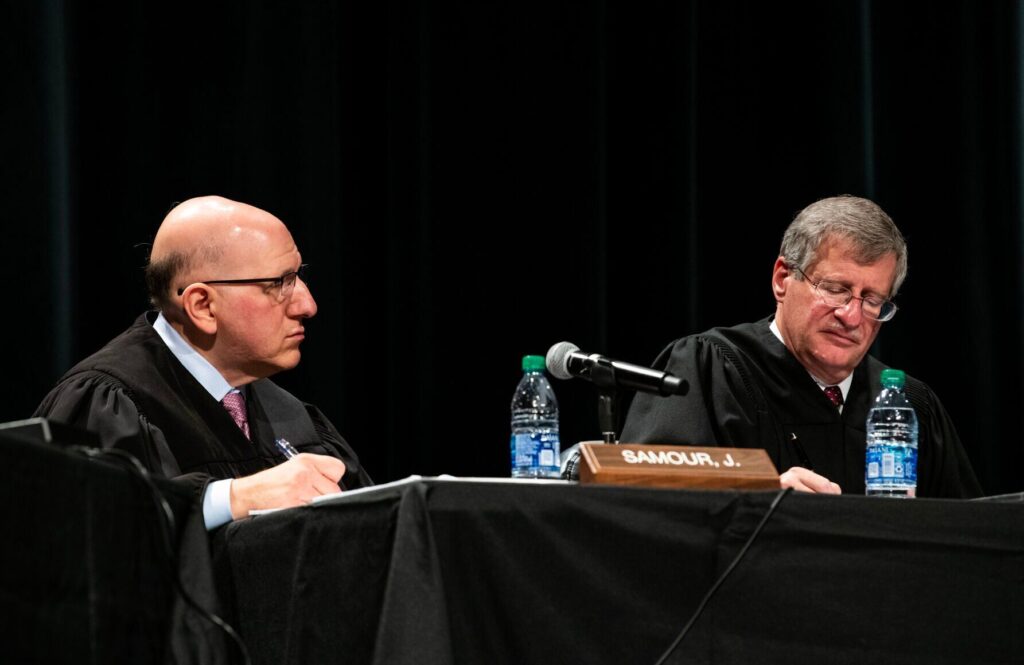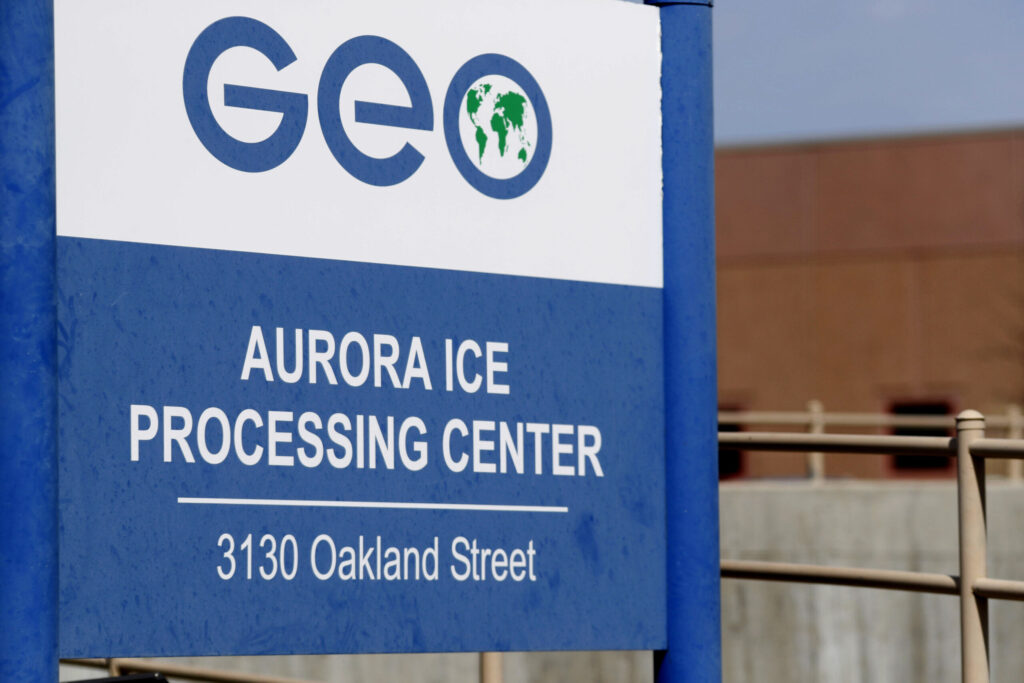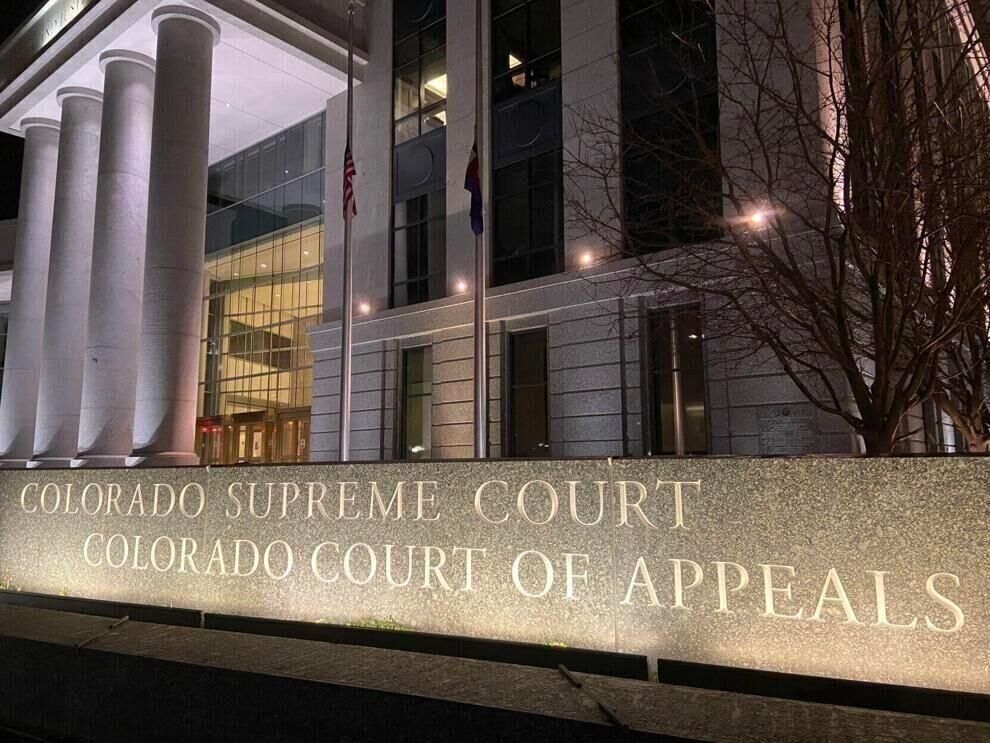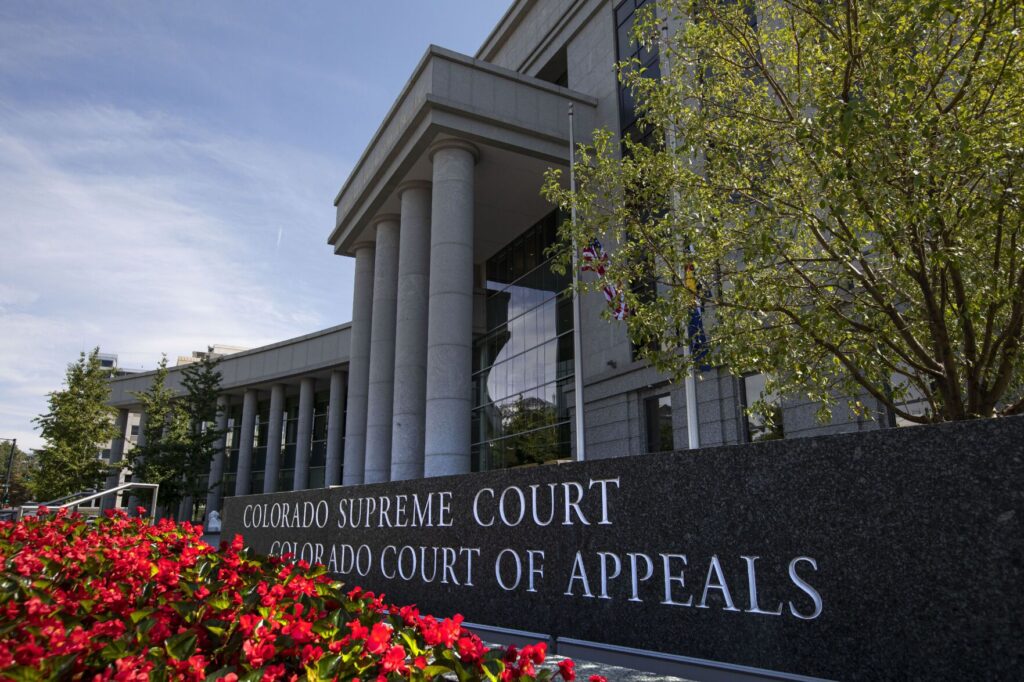Colorado appeals court says judges not required to ask jurors about race, instruct on implicit bias
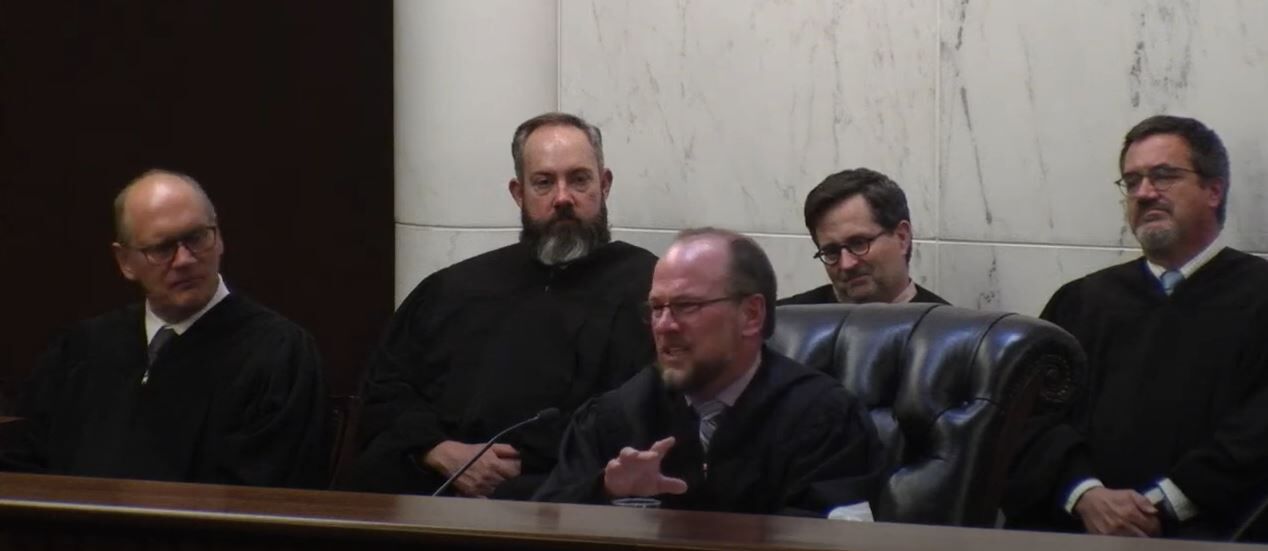
For the first time, Colorado’s second-highest court on Thursday ruled that trial judges do not have to ask jurors to disclose their race and ethnicity, nor do they need to caution jurors about implicit bias – although there is nothing preventing judges from taking those steps, either.
The U.S. Supreme Court recognized nearly four decades ago that purposeful racial discrimination in jury selection is unconstitutional, and litigants may challenge a juror’s dismissal as being rooted in race. Yet, Colorado law does not require people to disclose their race or ethnicity on questionnaires used in jury selection.
A three-judge panel for the state’s Court of Appeals acknowledged other jurisdictions, including Colorado’s federal trial court, do collect jurors’ racial demographics. But the panel stopped short of endorsing defendant Luis Fernando Toro-Ospina’s argument that requiring judges to ask about race would improve the process of identifying unconstitutional discrimination.
“The parties’ arguments present important policy questions. But we do not sit as a policy-making body,” wrote Judge Timothy J. Schutz in the June 1 opinion. “We conclude that such policy decisions are properly entrusted to the General Assembly and the Colorado Supreme Court.”
In arguing against a requirement for trial judges to ask about jurors’ race upon a litigant’s request, the Colorado Attorney General’s Office suggested such demographic information would lead to, rather than combat, racial discrimination.
“A juror’s race is irrelevant to their fitness and should not factor into selecting a jury,” wrote Senior Assistant Attorney General Megan C. Rasband. “Asking jurors about their race before the jury selection process begins is inconsistent with this proposition and is the exact opposite of being race neutral.”
A spokesperson for Attorney General Phil Weiser declined to clarify whether Weiser believed asking about race is inherently problematic. Although the appellate panel did not formally respond to the government’s concerns, Schutz directly criticized the position of Weiser’s office during oral arguments in April.
“Race makes its way into the criminal justice system whether we want it to or not,” he said. “It seems like it is an artificial argument to suggest that … if we don’t give it (the racial inquiry), then race will not be a question at all.”
An Arapahoe County jury convicted Toro-Ospina of felony menacing in 2020. On appeal, he challenged then-District Court Judge Michael Spear’s handling of multiple issues related to jurors and race.
Spear declined the defense’s request to ask jurors about their ethnicity on the juror questionnaire, which already solicits details about jurors’ sex, birthdate, marital status, educational level and other demographic details. Second, Spear refused to instruct jurors that implicit bias – meaning stereotypes, attitudes or preferences – “can affect how we evaluate information and make decisions.”
Finally, Spear allowed the prosecution to dismiss, or strike, two jurors of color. Juror R, a Black man, admitted to having a recent bad experience with law enforcement that could affect his ability to evaluate police testimony. Juror V, a Hispanic woman, suggested she would view Toro-Ospina’s self-defense argument favorably.
Although there was no definitive proof that Juror R or Juror V were people of color – because the questionnaire did not ask about race – Spear decided the prosecution offered acceptable, non-racial reasons to justify the jurors’ dismissal.
“I do acknowledge that people of color, particularly people in the Black community, do experience disparate treatment in their interactions with police,” said Assistant Solicitor General Brittany Limes Zenher during oral arguments. “And people from these minority communities are more likely to have distrust of law enforcement.”
Still, she noted Juror R did not link his negative police interaction with his race, making the dismissal non-discriminatory. The panel agreed with her, and also believed the prosecution’s strike of Juror V had a legitimate basis outside of her ethnicity.
For the broader issues – collecting data on jurors’ race and cautioning them about implicit bias – Toro-Ospina’s attorney argued such practices would not only improve the handling of juror strikes, but would enhance the quality of the verdict.
“We don’t stand a chance of preventing implicit bias if we don’t at least make jurors aware of it. Many jurors walk into the courtroom completely unaware of this phenomenon,” argued public defender James S. Hardy.
Hardy pointed to a jury instruction in the Western District of Washington’s federal court, explaining the concept of implicit bias. The court adopted the instruction based on research showing, “as a general matter, awareness and mindfulness about one’s own unconscious associations are important.”
The Court of Appeals panel acknowledged implicit bias may have been more problematic in Toro-Ospina’s trial, as he testified in Spanish and required a translator. However, as with the defense’s request to collect jurors’ racial information, the panel found nothing requiring trial judges to issue an implicit bias warning.
“Until such time as the General Assembly or the Colorado Supreme Court requires an implicit bias instruction, the decision whether to give such an instruction rests with the trial court,” Schutz wrote.
Colorado Politics contacted multiple members of the House and Senate judiciary committees about the decision, but received no response.
Currently, the state Supreme Court is weighing a proposed rule change to make it more difficult for prosecutors to strike jurors of color for reasons that, while not explicitly racial, have historically correlated with race. For example, a juror’s distrust in law enforcement would no longer, by itself, be a reason to excuse them under the draft rule.
Although the justices held a high-profile hearing in February on the proposal, which prosecutors uniformly opposed, they have not announced whether they will adopt the jury bias rule.
The case is People v. Toro-Ospina.




